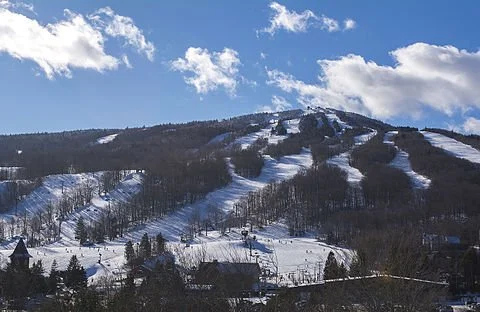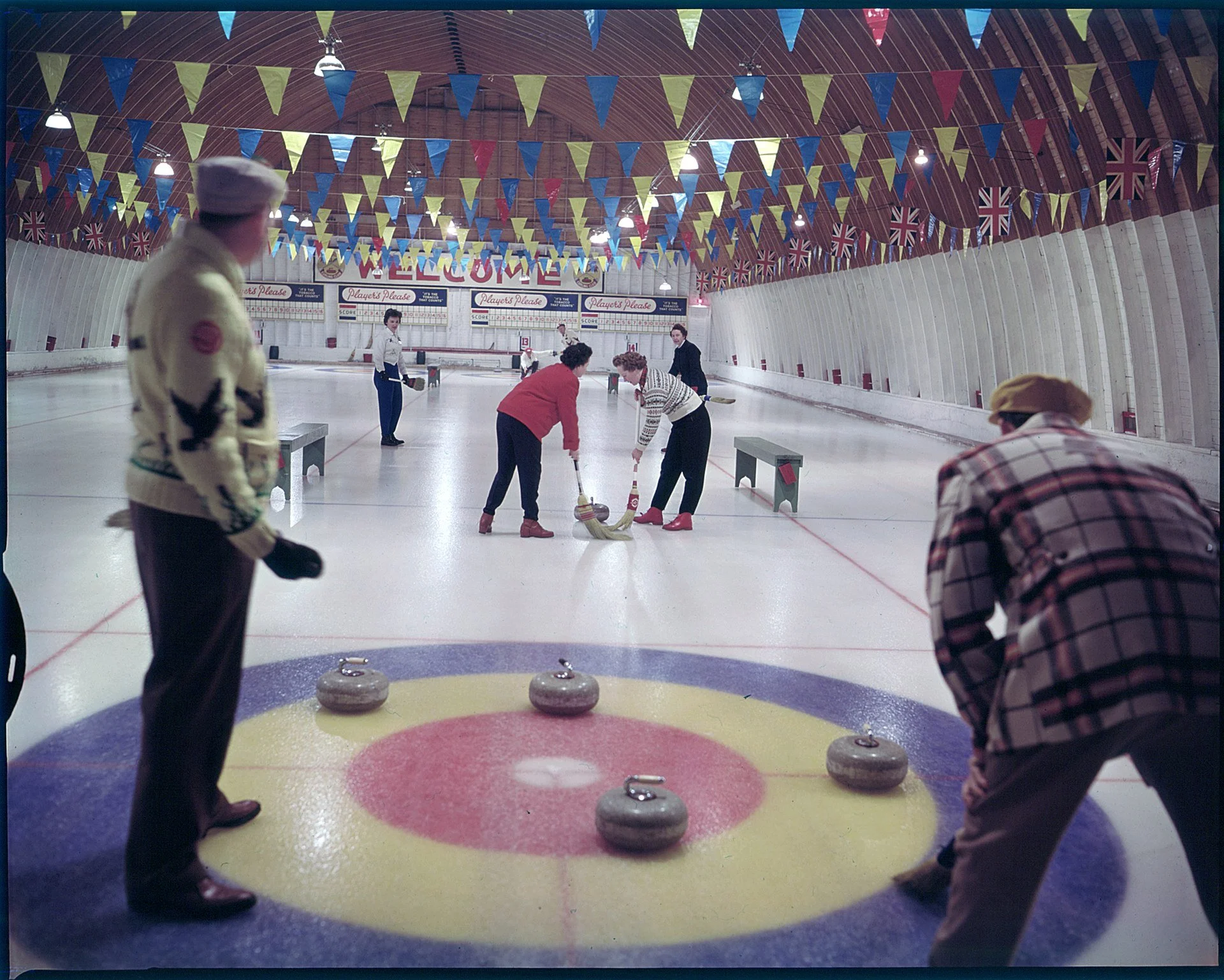Mount Snow, in Dover, in southern Vermont. The ski area has long had one of America’s biggest “snow’’-making operations.
Adapted from Robert Whitcomb’s “Digital Diary,’’ in GoLocal24.com
I wonder how long ski areas will be allowed to take so much water to use to make artificial snow to spray on trails even in areas with water shortages. And as the fake snow melts, it increases erosion on slopes. Further, at some ski areas, chemical additives are used to boost “snow’’ production. (China claims it hasn’t used additives in its fake-snow making at the Beijing Olympics. Beijing, by the way, has suffered water shortages for years.)
As the climate warms, this will be more and more of an issue.
Speaking of The Olympics, what other sport combines so weirdly decorum and seeming silliness as curling, which originated in Scotland? Players slide heavy polished granite stones on ice toward a target area segmented into four concentric circles and use brooms to reduce friction in a stone’s path. It’s rather hard to watch without chuckling.
I had an aunt on Cape Cod who was a curler. After I joked about it, she responded with dignity: “No, no, it’s a real sport. Lots of skill.’’
“Curling—a Scottish Game, at {New York’s} Central Park” (1862), by John George Brown


















